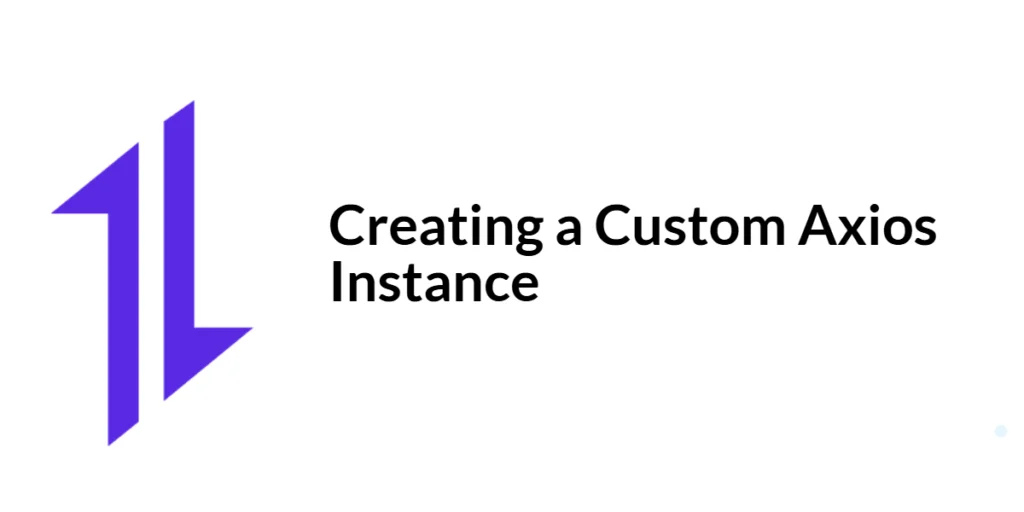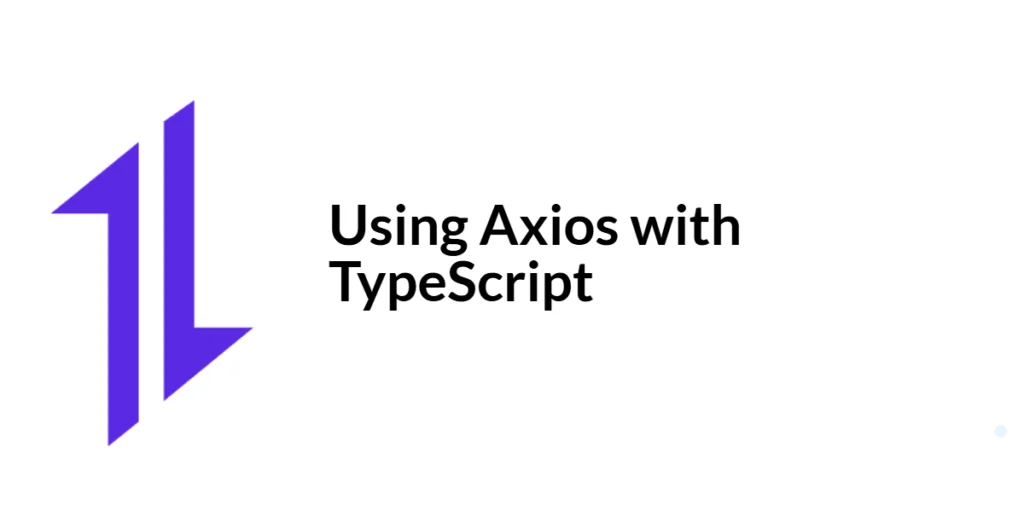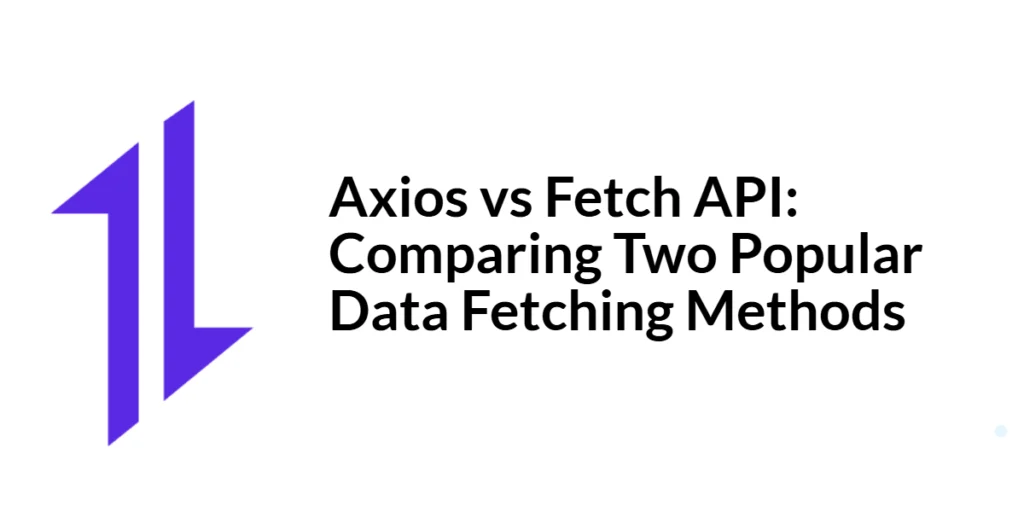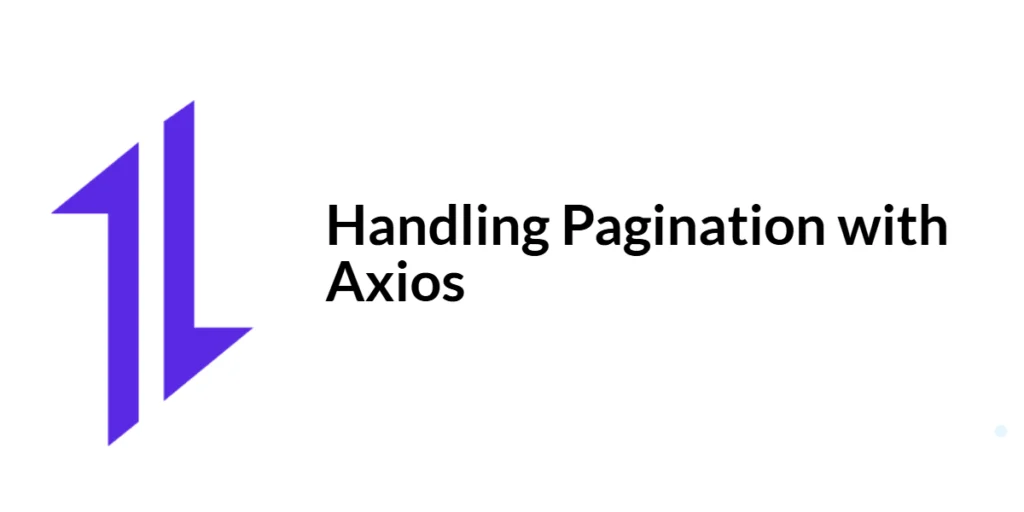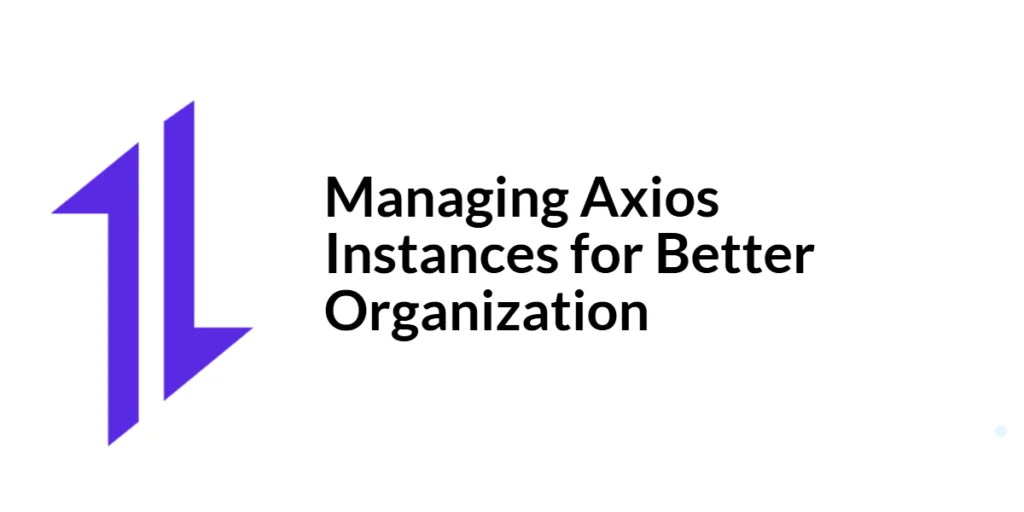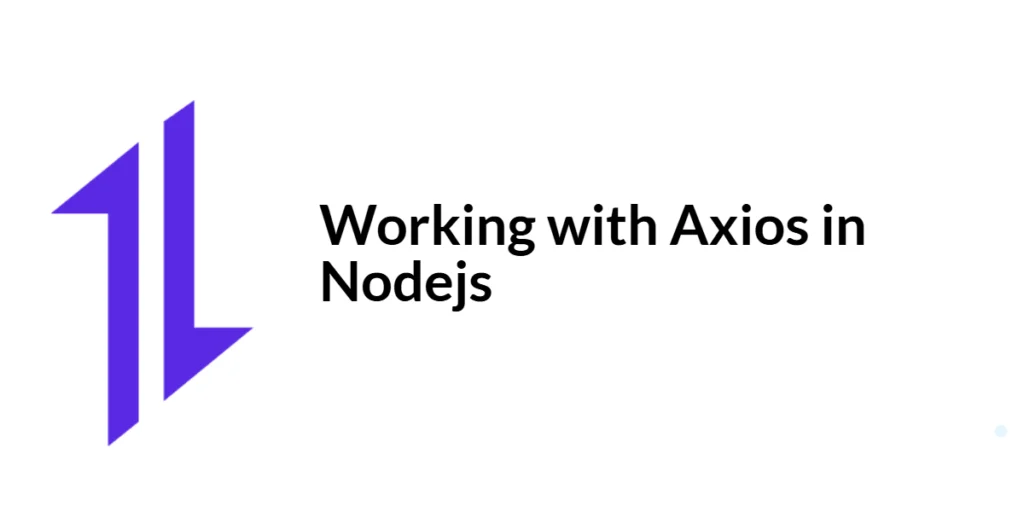Creating a Custom Axios Instance
Axios is a powerful promise-based HTTP client for JavaScript that simplifies the process of making HTTP requests and handling responses. It is widely used in web development for interacting with APIs, fetching data, and handling network operations. One of the standout features of Axios is the ability to create custom instances, which allows developers to […]
Creating a Custom Axios Instance Read More »
